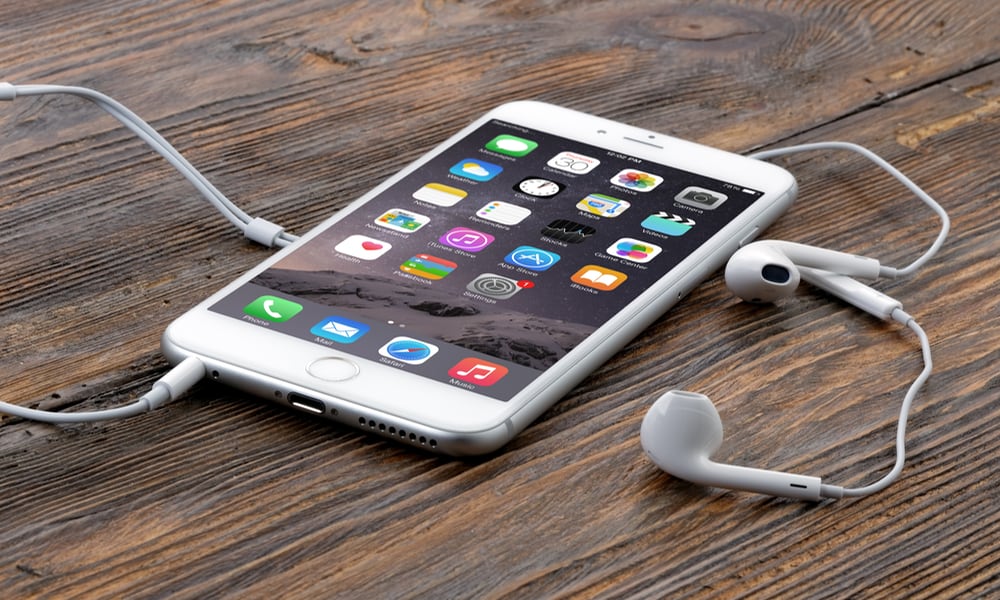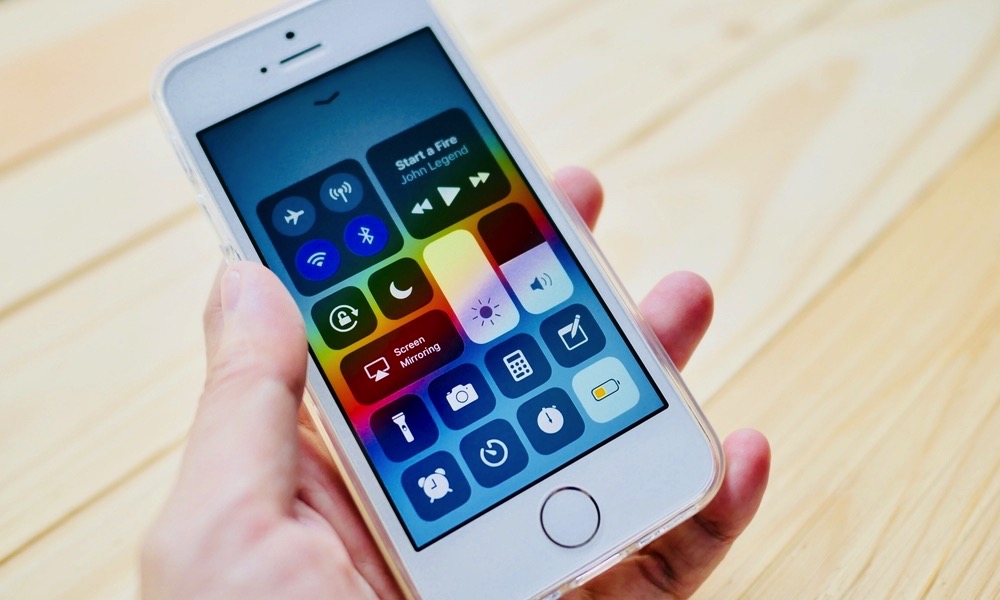Apple’s iPhone 6 Plus Is Now Officially a ‘Vintage’ Product | iPhone 6’s Legacy
 Credit: Canadapanda / Shutterstock
Credit: Canadapanda / Shutterstock
Toggle Dark Mode
In a move that says a lot about the longevity of Apple’s products, the company has just now designated the 2014 iPhone 6 Plus as a “Vintage” product, meaning that the company will no longer be supporting the nearly eight-year-old iPhone.
What’s notable about this particular development, however, is that it’s only the iPhone 6 Plus, that’s been relegated to Apple’s latest vintage and obsolete products list. The 4.7-inch iPhone 6 isn’t there yet, and even the 2013 iPhone 5s has yet to make the list.
This is because Apple’s official standard for “vintage” products isn’t based on when they were first released, but rather on the last day that they were officially available for sale. There are some variations on this policy due to the laws in different countries, but as a rule, a product is considered vintage when it hasn’t been sold for more than five years.
Products are considered vintage when Apple stopped distributing them for sale more than 5 and less than 7 years ago.Apple
After seven years, Apple products drop into the “obsolete” category, where it’s no longer possible to receive any parts or service for them at all — at least not through any official channels.
Even though Apple released the iPhone 6 Plus alongside the iPhone 6 in 2014, it actually kept the smaller 4.7-inch model around much longer, with a 32GB iPhone 6 sold in certain markets until September 2018.
However, what’s perhaps a bigger mystery is why the iPhone 5s remains off the list. Apple officially discontinued the 2013 model on March 21, 2016 — the day that it unveiled the first iPhone SE, with an identical design and faster processor.
This means that by all rights the iPhone 5s should have found its way onto Apple’s vintage products list last March, and yet it remains conspicuously absent. It’s possible that Apple may have continued quietly selling the iPhone 5s for a bit longer in a few specific foreign markets, but if so, that would be the first we’ve heard of it.
Note that Apple also doesn’t always drop products onto its vintage list at exactly the five-year mark. The iPhone 6 Plus was discontinued in September 2016, which means it was actually due to make the list a few months ago.
What This Means
When Apple products drop onto the “vintage” list, it basically means that you’re likely to have a hard time getting them serviced — even if you’re willing to pay for it. Apple will provide parts on a best-effort basis, but after five years there may not be a lot of replacement parts in stock, so it becomes a roll of the dice whether you’d be able to get a battery or screen replacement for an iPhone 6 Plus.
To be fair, however, the iPhone 6 Plus also dropped off the iOS support list a long time ago, and today it’s stuck on iOS 12.5.5. Even the iPhone 6s, which only came a year later, can run the latest version of iOS 15, so it’s fair to say that if you’re still toting an iPhone 6, it’s probably well past the time to consider upgrading — even if that’s to a used iPhone 6s or iPhone 7 handed down from a friend or family member.
The Legacy of the iPhone 6
What’s perhaps most significant about this particular transition is that it’s Apple’s first “Plus” sized iPhone that’s now riding off into the sunset.
Over the past few years, we’ve become so accustomed to iPhone models arriving in pairs that it’s easy to forget that there was a time when there was only one new iPhone model sold each year. In fact, before the release of the iPhone 6 lineup in 2014, the only outlier had been the oddball iPhone 5c — a somewhat naked attempt by Apple to appeal to a more casual demographic, and one that didn’t work out so well.
Before 2014, Apple had also stubbornly stuck to a smaller form factor, often getting disparaged by Android fans as manufacturers like Samsung moved well into “phablet” territory.
Apple’s original concession to making the iPhone screen bigger was merely to increase its height with the iPhone 5 in 2012, which went from a 3.5-inch screen to four inches, but gained all of that vertically. This led to a series of memes mocking Apple by suggesting it would continue to insist on growing only in this direction until the iPhone was several feet long.
Of course, we know that Apple eventually caved, acknowledging that many of its customers really did want a larger screen, and in doing so, it went a step further, releasing two new devices, both of which were noticeable size jumps over the diminutive iPhone 5s.
While the new iPhone 6 and iPhone 6 Plus were well-received by most, not everyone was a fan of the larger sizes. Quite a few folks held on to their iPhone 5s, and by 2016 Apple had realized that it needed to do something for this group.
The result of that was the original iPhone SE. This was identical to the iPhone 5s in almost every way, except that it featured the processor of the iPhone 6s and iPhone 6s Plus. Four-inch iPhone fans breathed a sigh of relief, and the 2016 iPhone SE became an overnight hit.
Today, however, it appears that most folks have moved on from the need for smaller iPhones. For several years, many hoped for a second-generation iPhone SE that would follow in the same design with even more features. While that’s not the iPhone SE that we ultimately got in 2020, Apple offered up an even better option for fans of smaller iPhones: the 5.4-inch iPhone 12 mini, which had an edge-to-edge display, and all the same features of the larger iPhone 12, packed into a casing that was nearly the size of the original iPhone SE.
Oddly, however, the poor sales of the iPhone 12 mini seemingly proved that the demand for smaller iPhones isn’t quite the same as it had been five years earlier. Some of that may have just been bad timing, and we don’t know how well the iPhone 13 mini is doing by comparison, but by all reports Apple has already decided that there will not be an iPhone 14 mini.









